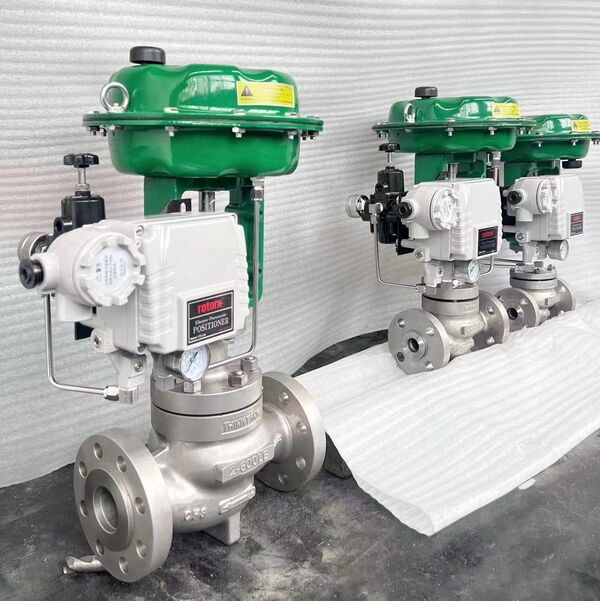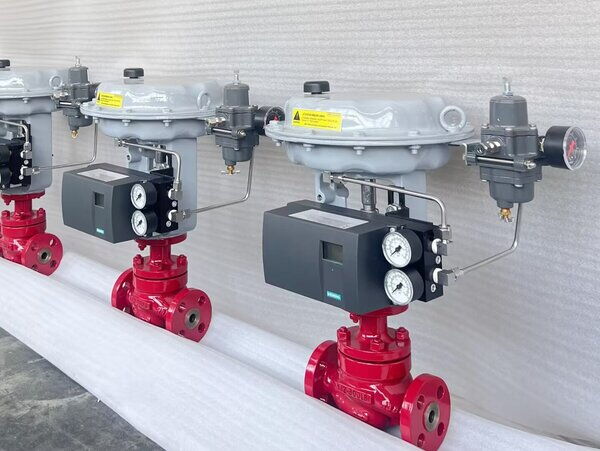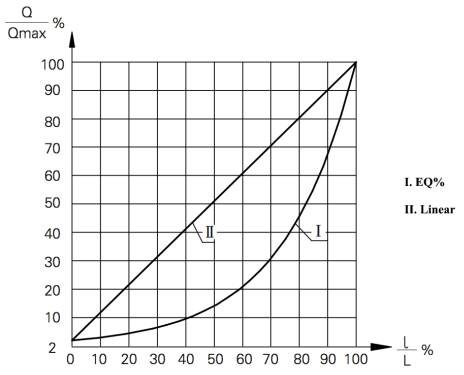How to Select a Suitable Electric Globe Control Valve?
On this page
Choosing the correct electric globe control valve is essential to achieve effective and dependable control across diverse industrial uses. Globe valves excel in precise flow regulation, making them perfect for applications requiring accurate throttling. This guide will assist you in selecting the ideal electric globe control valve tailored to meet your specific requirements, ensuring optimal performance and reliability.
Electric globe control valves play a crucial role in industries such as chemical processing, water treatment, and power generation. These valves ensure precise fluid flow control, operated by electric actuators that offer dependable automation. This guide is designed to assist you in selecting the optimal electric globe control valve for your specific application needs.




 DN20-DN50 External Dimensions for Standard, Bellows and Extension
DN20-DN50 External Dimensions for Standard, Bellows and Extension

Pneumatic Globe Control Valve
Identify the exact flow control needs of your application. Globe valves excel in applications requiring precise throttling.
Evaluate the temperature, pressure, and characteristics of the fluid to be controlled. These factors dictate valve material selection and design.
Assess the installation environment for exposure to corrosive agents and extreme temperatures. This evaluation informs durability and material suitability for the valve.
Ideal for applications requiring tight shut-off.
Provide higher flow capacity and are suitable for applications where precise flow control is prioritized over shut-off.
Used for mixing or diverting flow in applications needing complex flow patterns.
Pneumatic Small-Port Single-Seated Control Valve
Match the valve size to your pipeline for optimal flow rates and system efficiency.
Select a valve capable of withstanding the highest and lowest temperatures encountered.
Ensure the valve's pressure rating meets or exceeds your system's maximum pressure requirements.
Understand the Cv value to confirm the valve handles the required flow rate efficiently with minimal pressure drop.
Flow Characteristics
Select materials such as stainless steel, carbon steel, or brass based on the fluid and operating conditions. Stainless steel is ideal for corrosive environments, while carbon steel suits high-pressure applications.
Choose seals and gaskets compatible with the fluid and operating temperatures to prevent leaks and ensure long-term reliability.
Ensure the electric actuator delivers adequate torque for seamless valve operation across all anticipated conditions.
Verify that the actuator's power supply matches your electrical infrastructure, whether AC or DC, ensuring compatibility and reliable performance.
Select an actuator offering suitable control options—whether on/off, modulating control, or smart control with feedback signals—to meet operational needs.
Confirm compatibility for seamless integration of the valve and actuator into your system.
Opt for designs that facilitate straightforward access for routine upkeep and repairs.
Evaluate expected longevity and maintenance schedules to ensure sustained reliability and cost-efficiency.
Verify adherence to industry standards like ISO, ANSI, and ASME for the valve and actuator.
Seek certifications demonstrating adherence to quality and safety standards.
Research manufacturer history and customer feedback to ensure reliability and product quality.
Evaluate upfront costs against long-term operational expenses, including maintenance and potential downtime.
Choose manufacturers offering comprehensive warranties and dependable after-sales support for peace of mind.
Choosing the right electric globe control valve involves understanding your application needs, evaluating key specifications, and ensuring compliance with industry standards. Assess factors like flow control requirements, operating conditions, and environmental considerations to determine the ideal valve configuration. Consider material selection, electric actuator capabilities, and ease of installation and maintenance. Balance initial costs with long-term expenses to optimize value and operational efficiency. Prioritize manufacturers with solid reputations and comprehensive warranties for continued performance and peace of mind. This approach ensures that your automated systems operate efficiently and reliably, contributing to overall operational success.
 DN20-DN50 External Dimensions for Standard, Bellows and Extension
DN20-DN50 External Dimensions for Standard, Bellows and Extension
